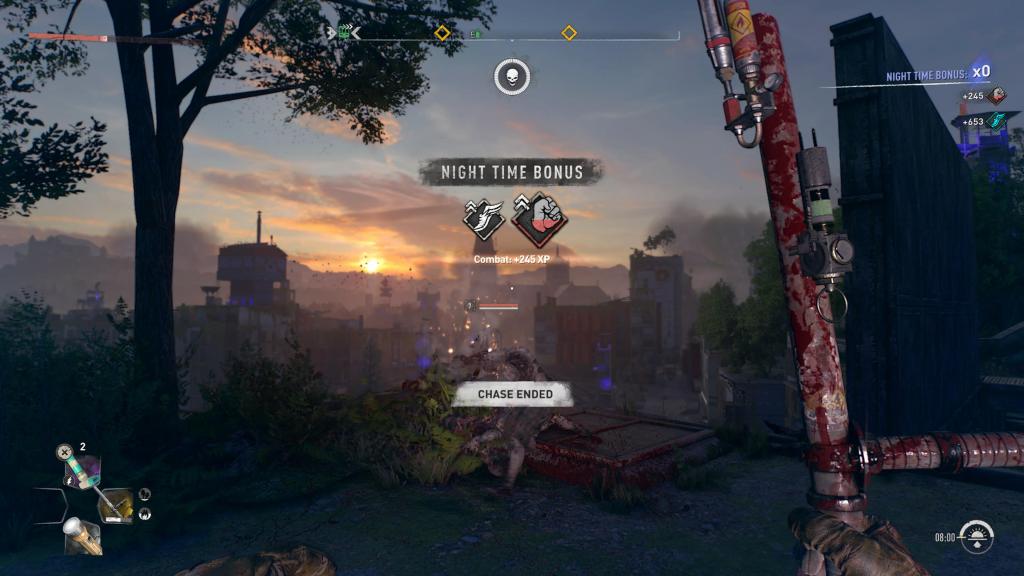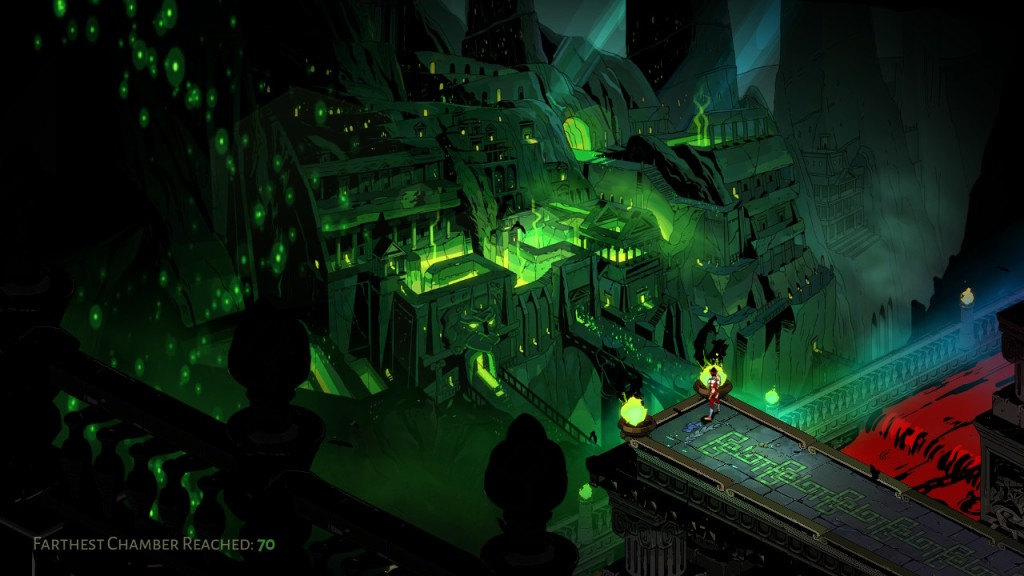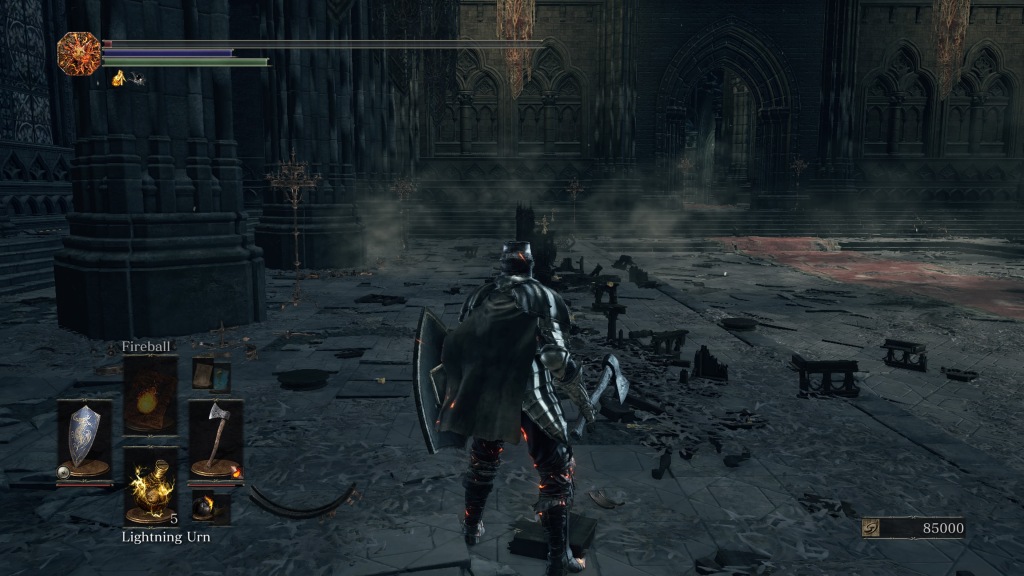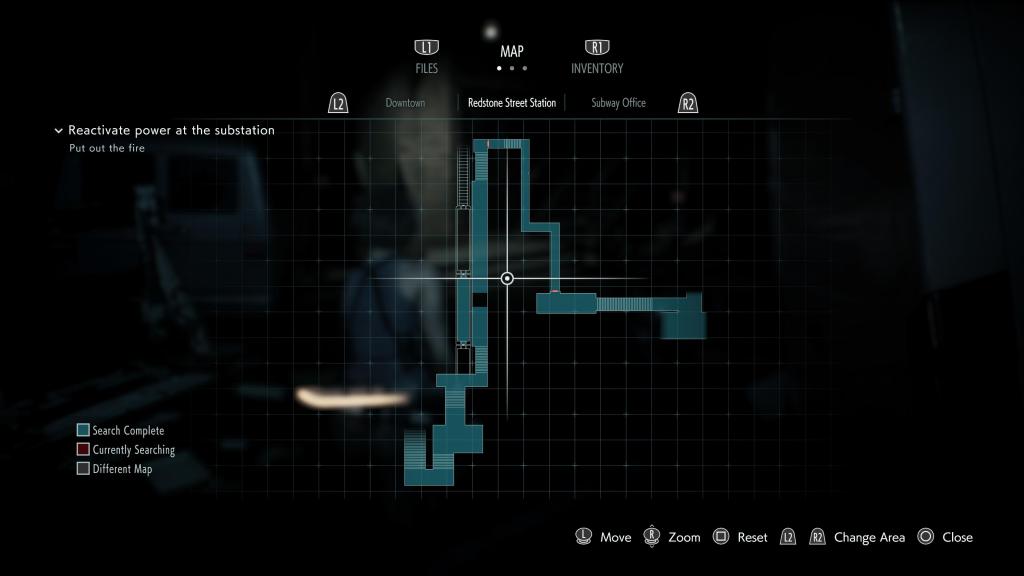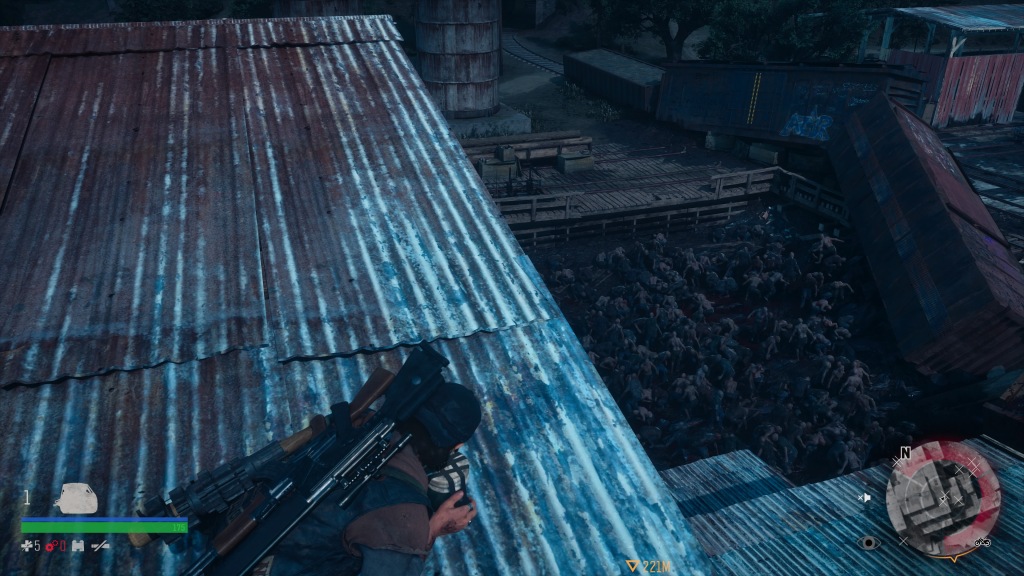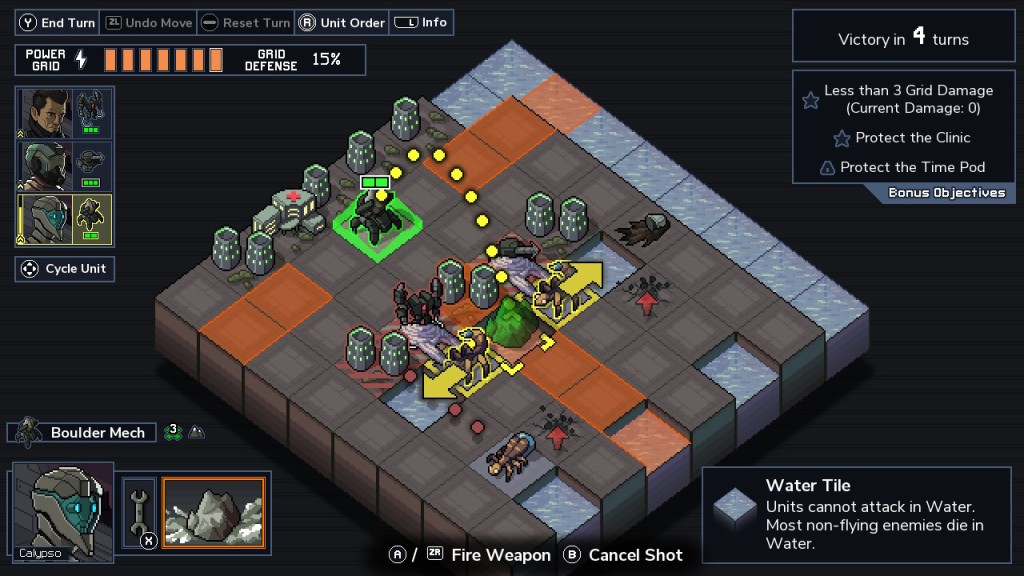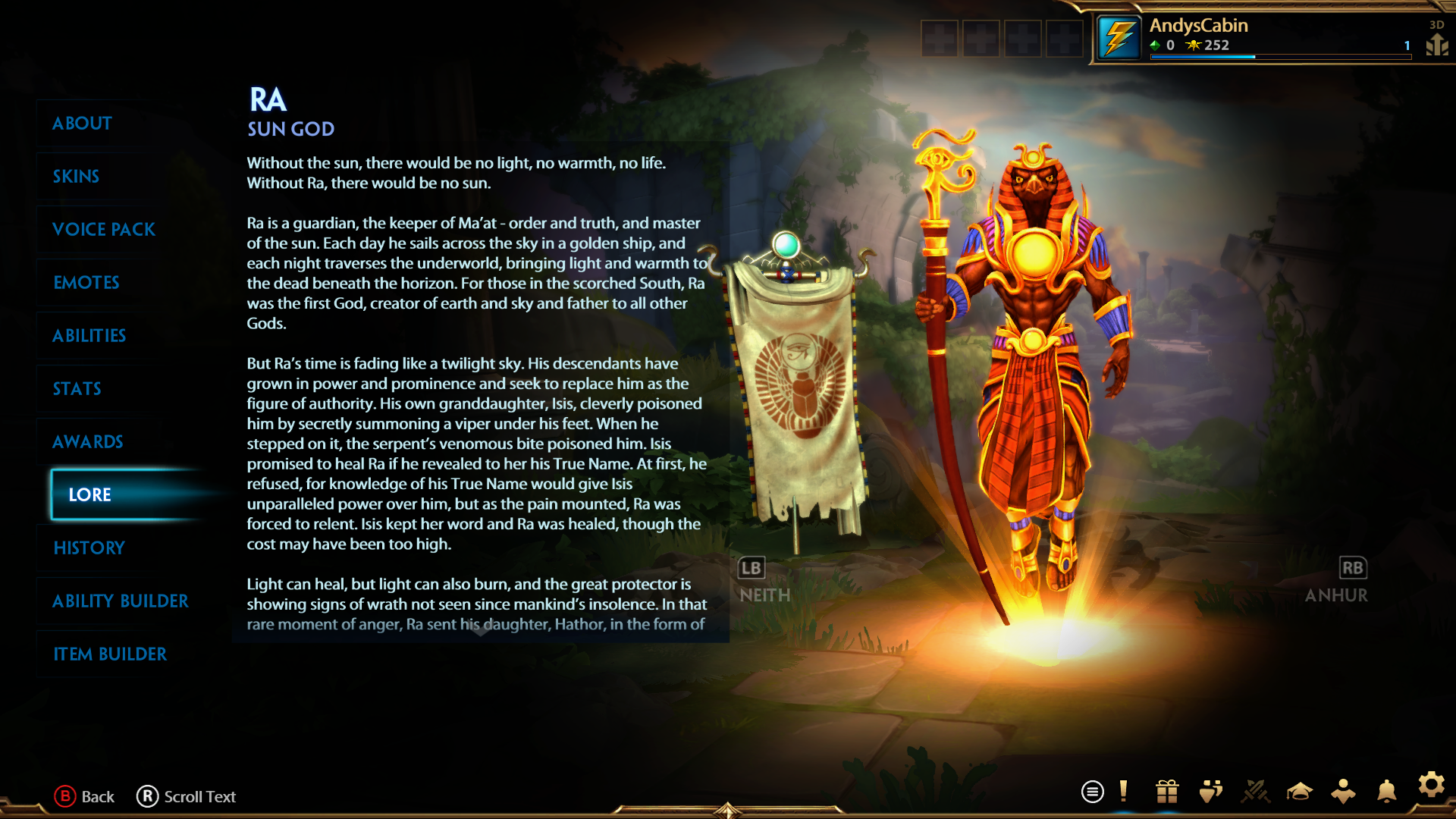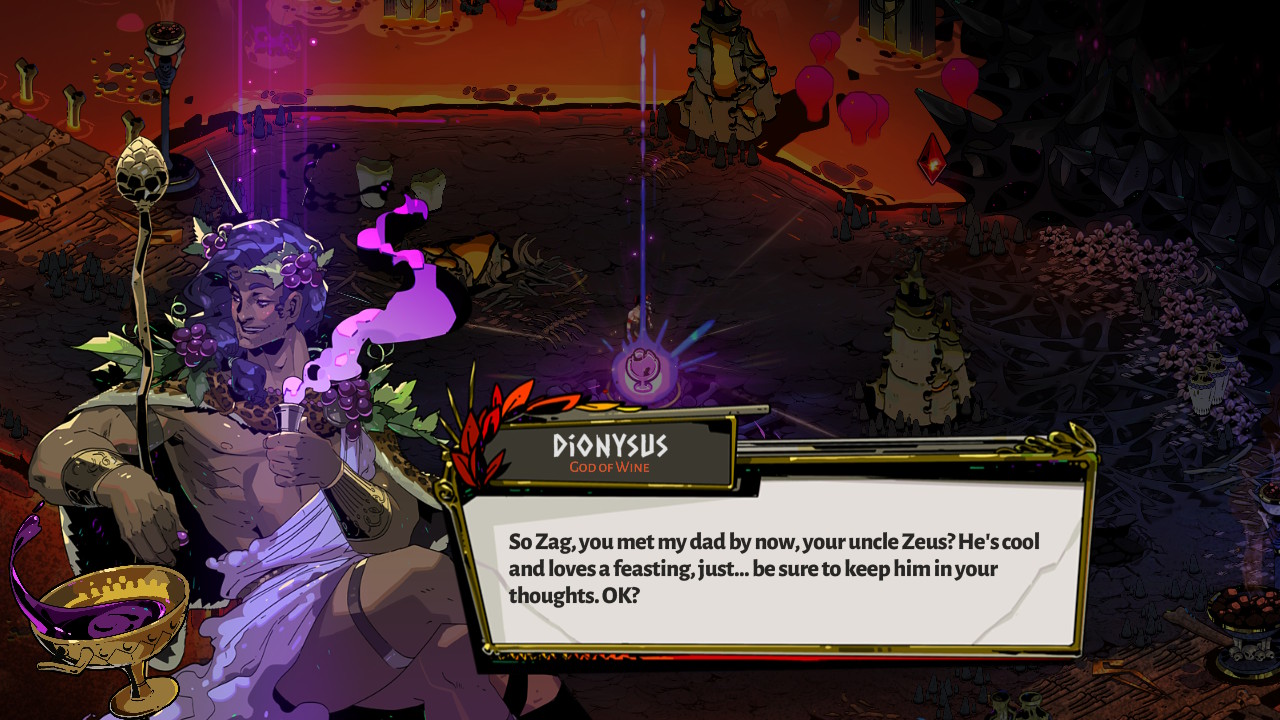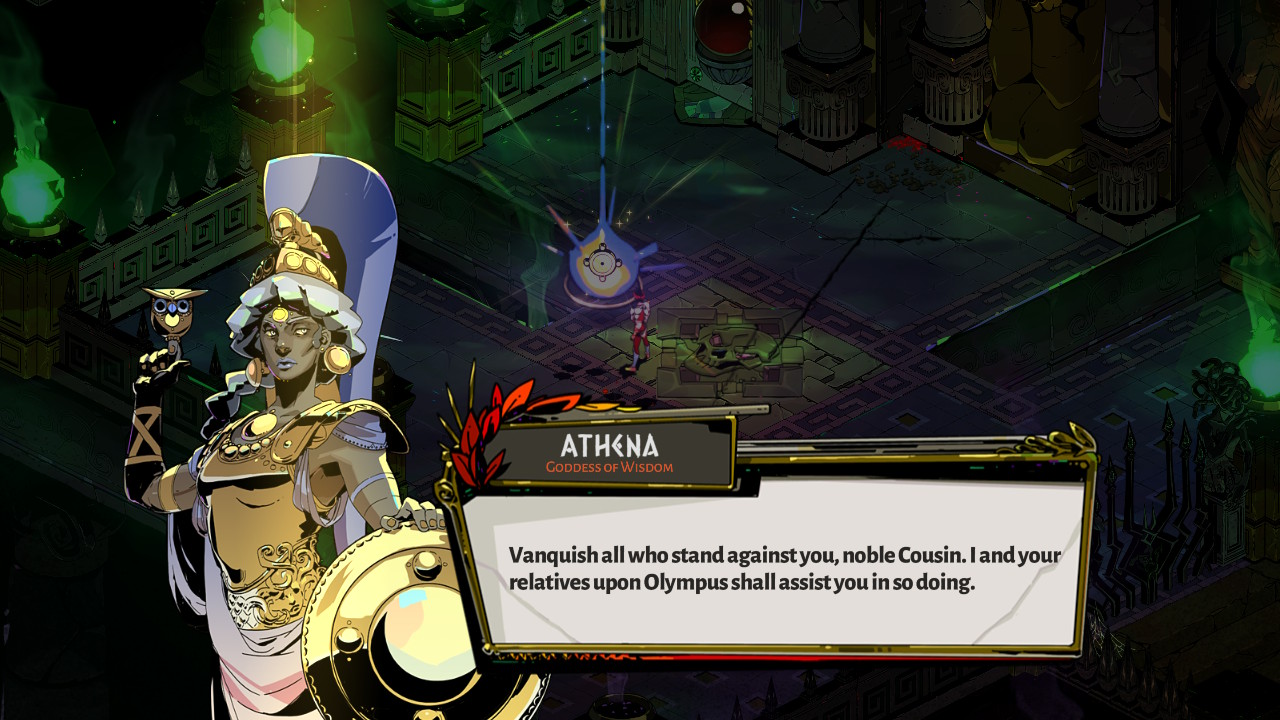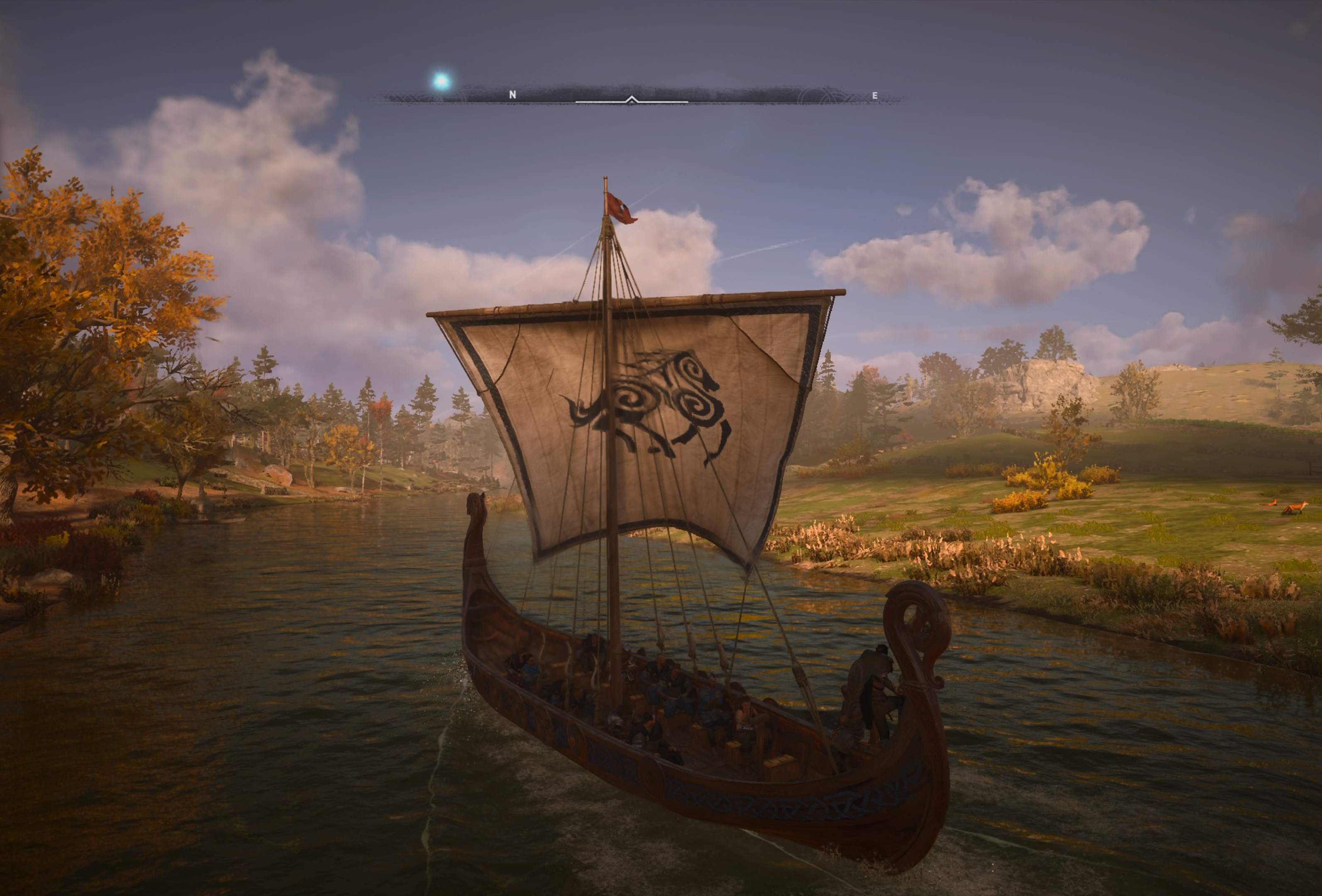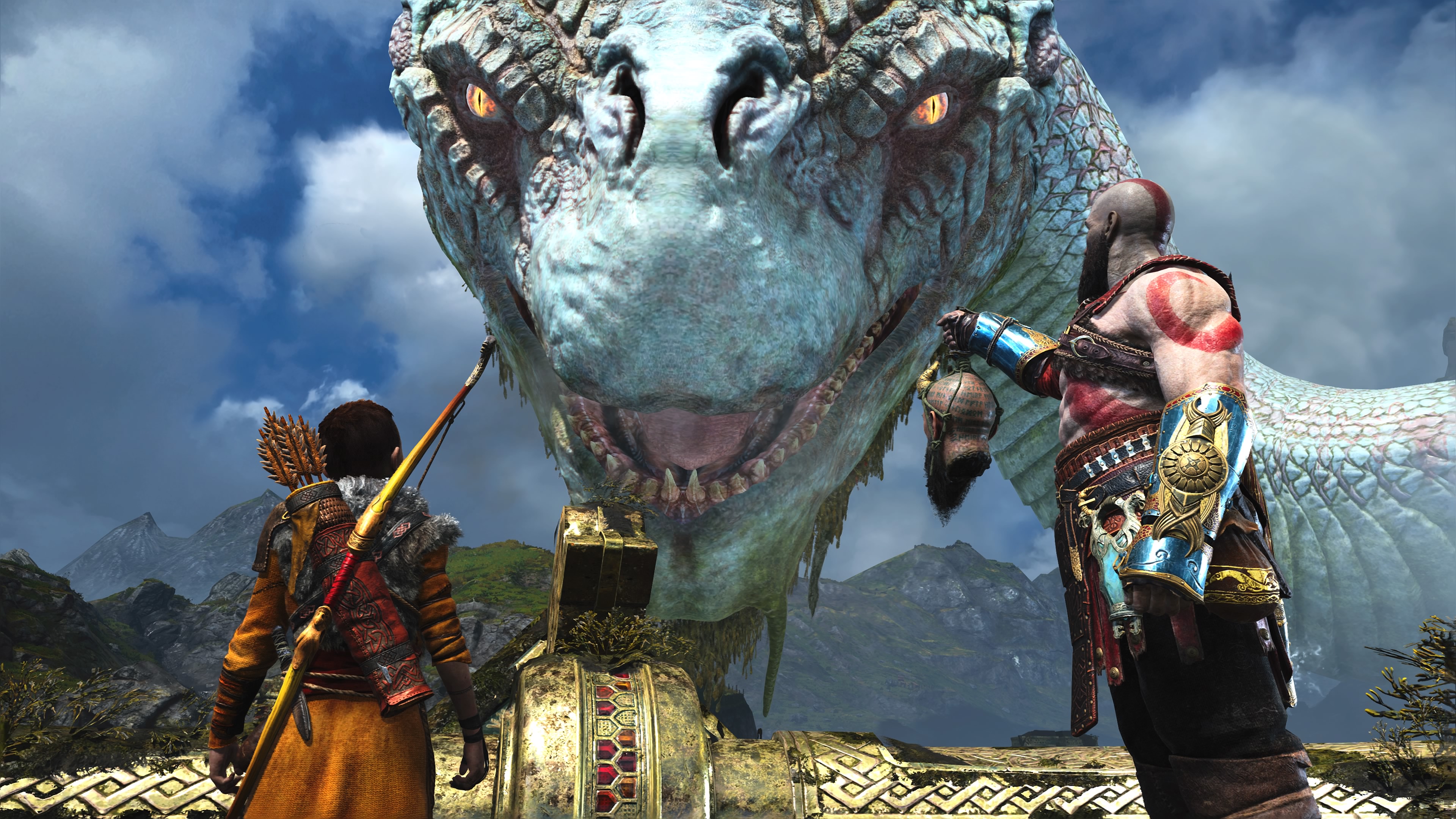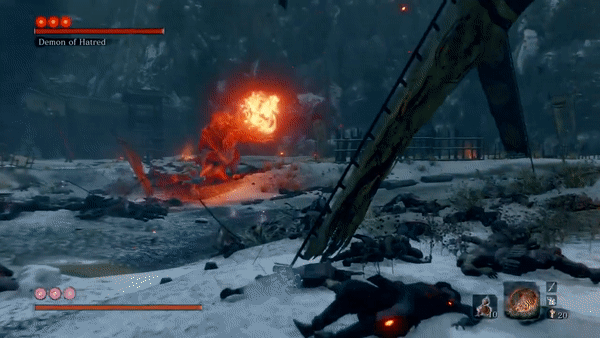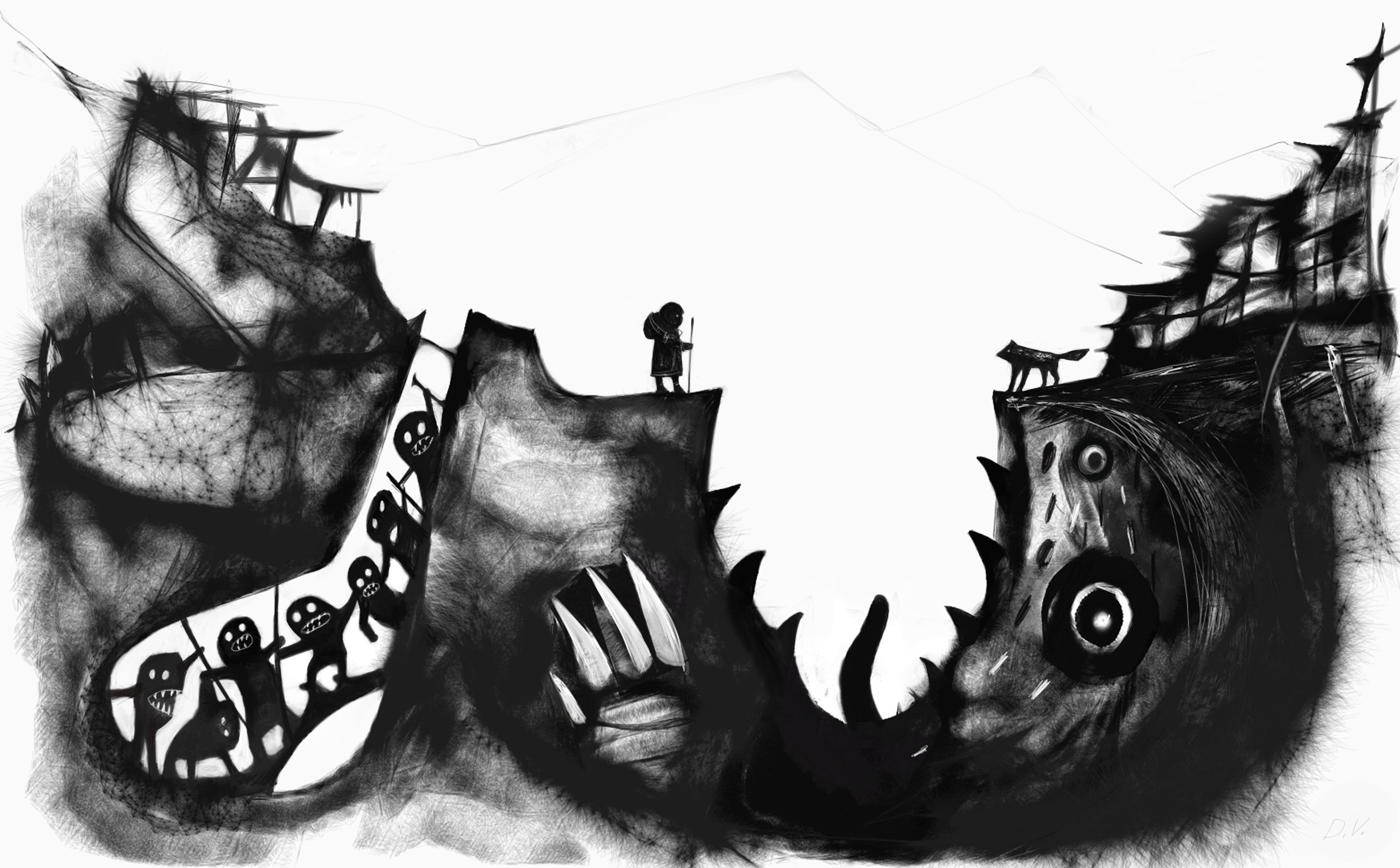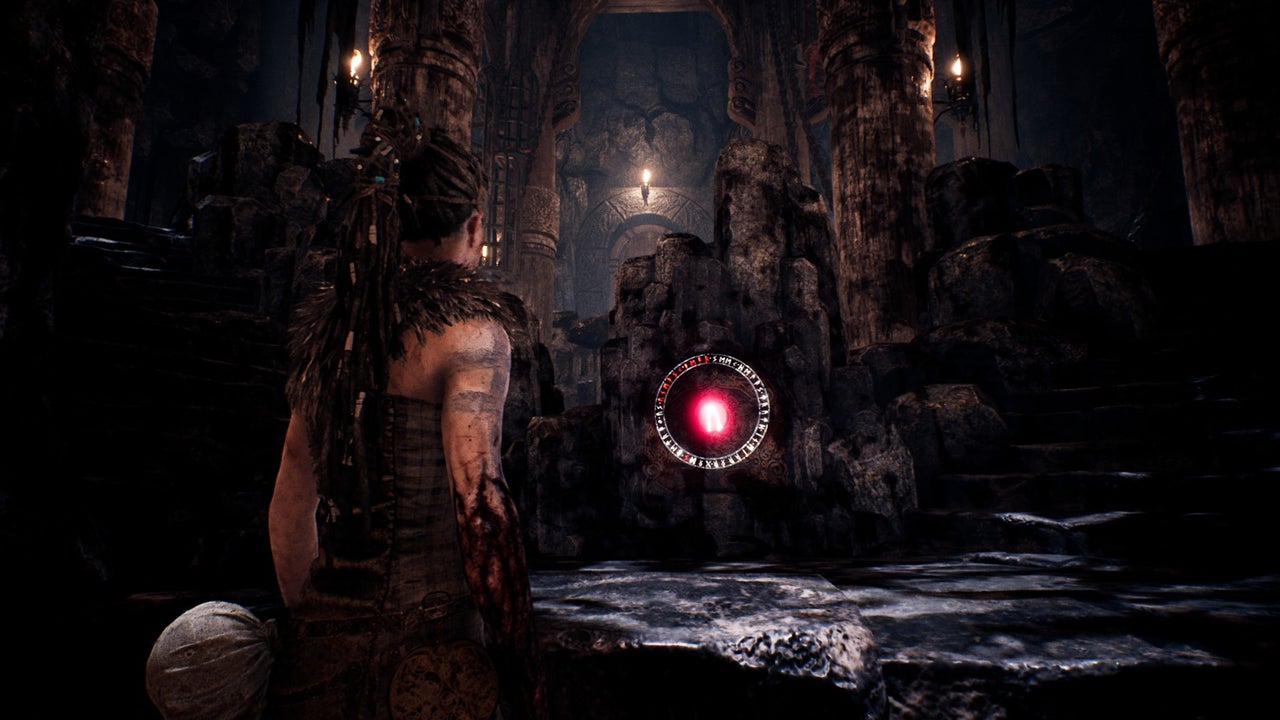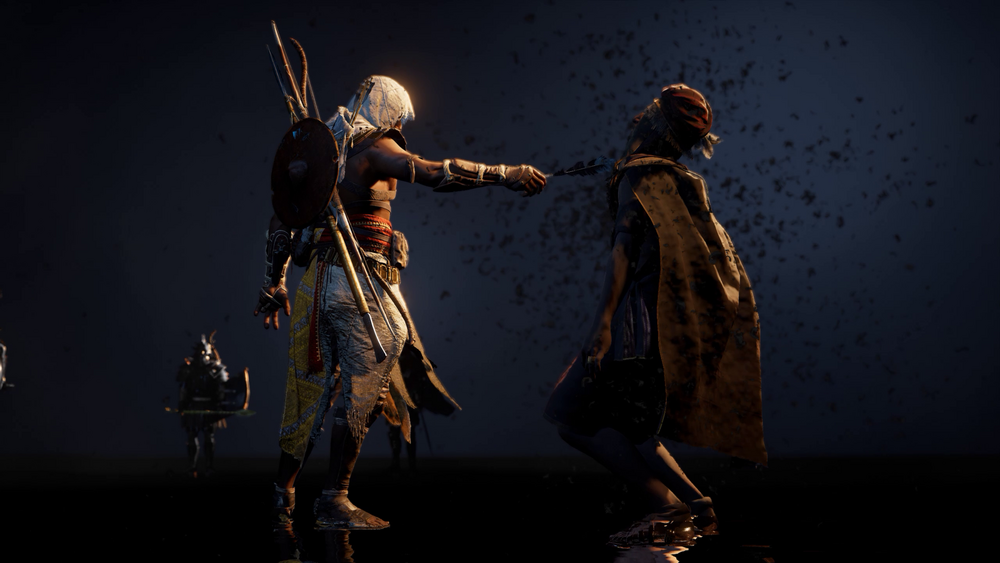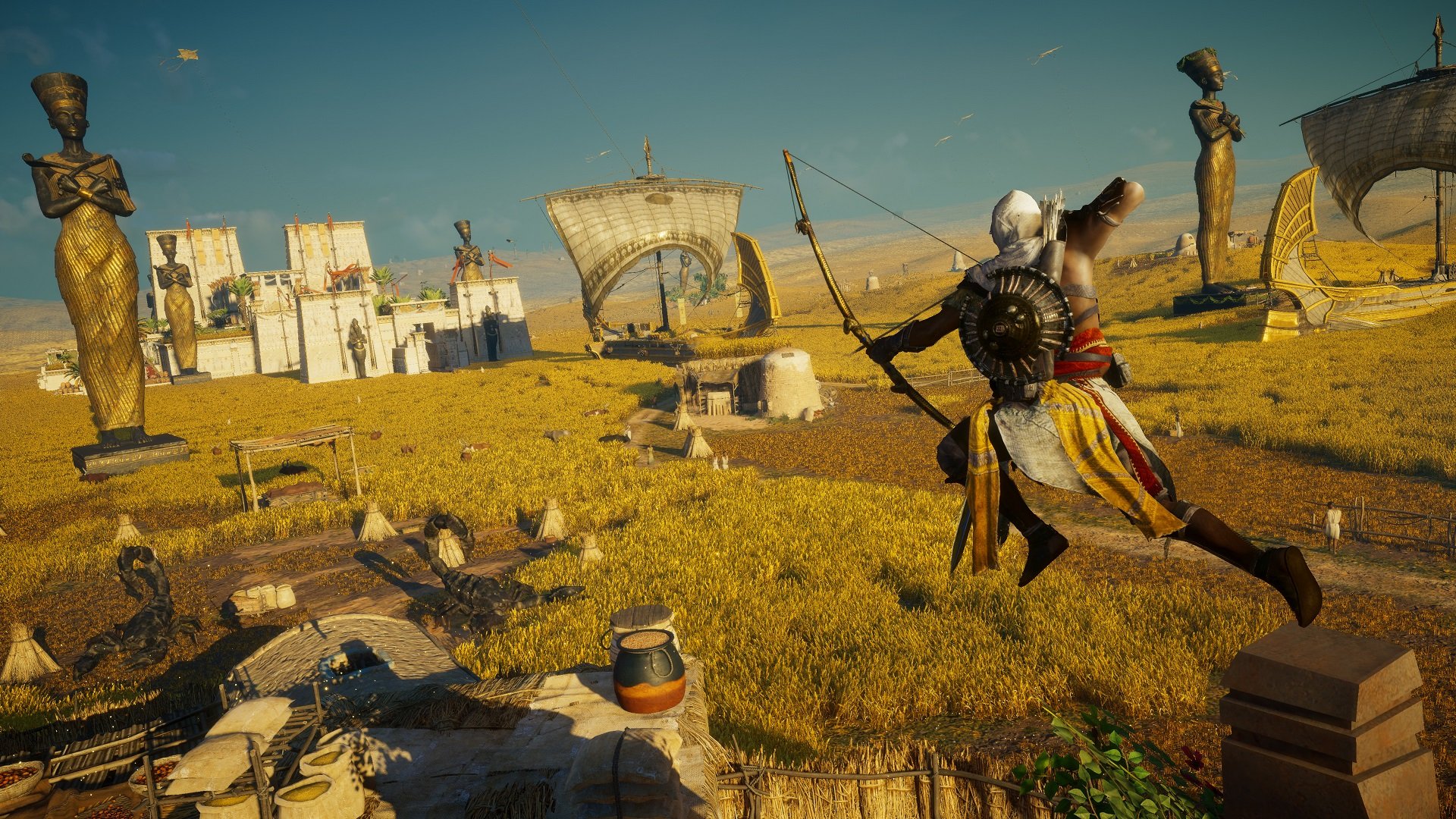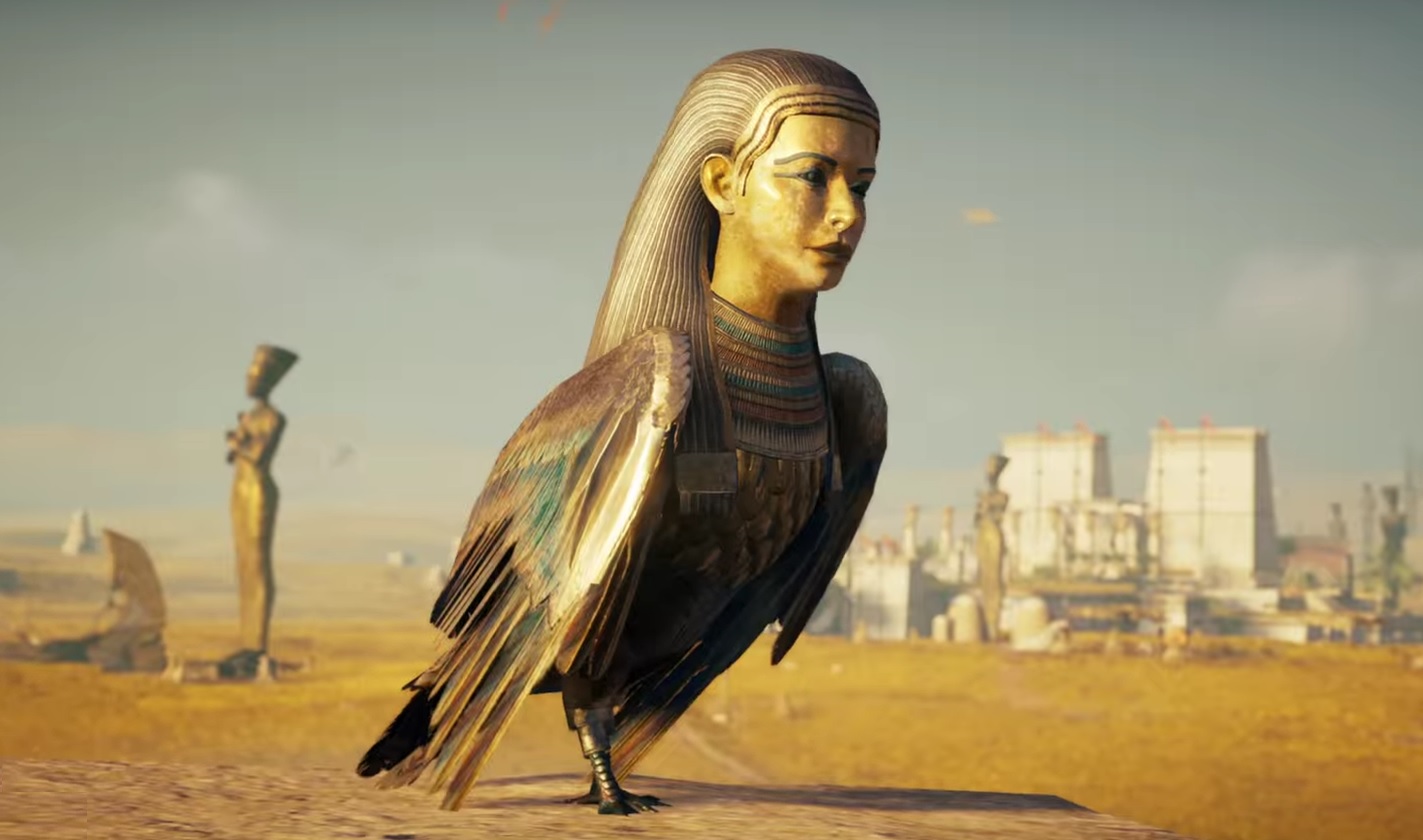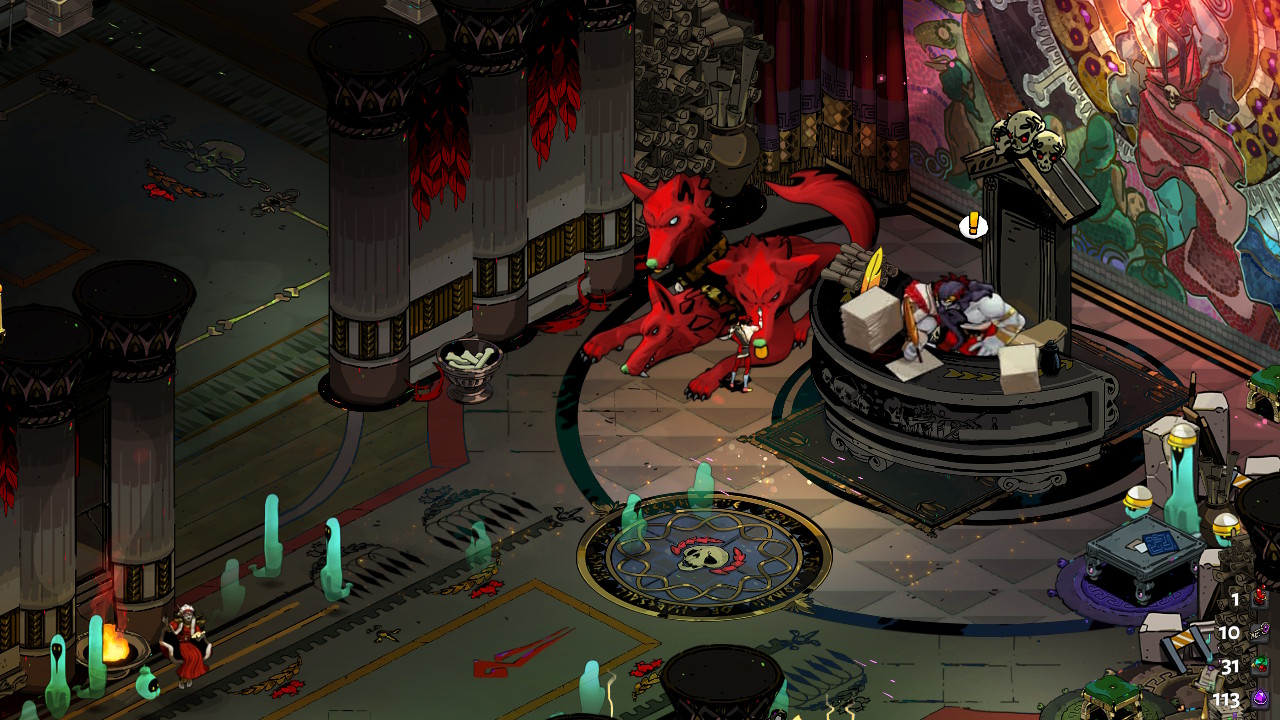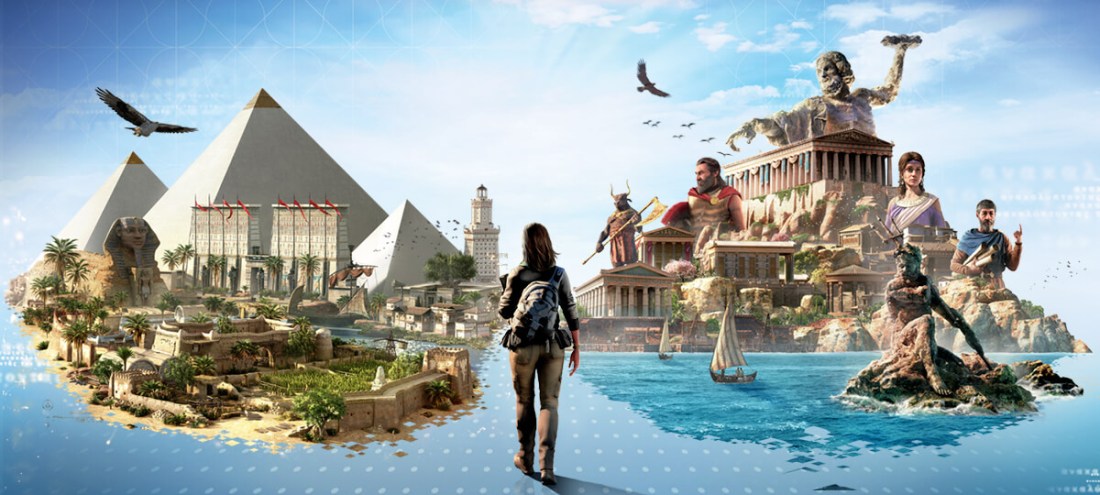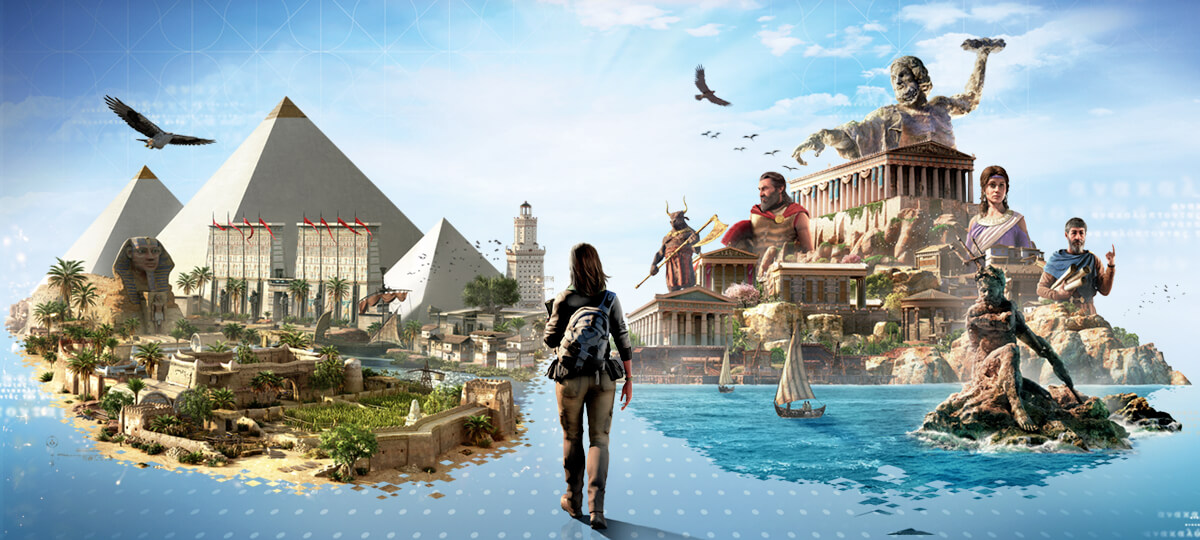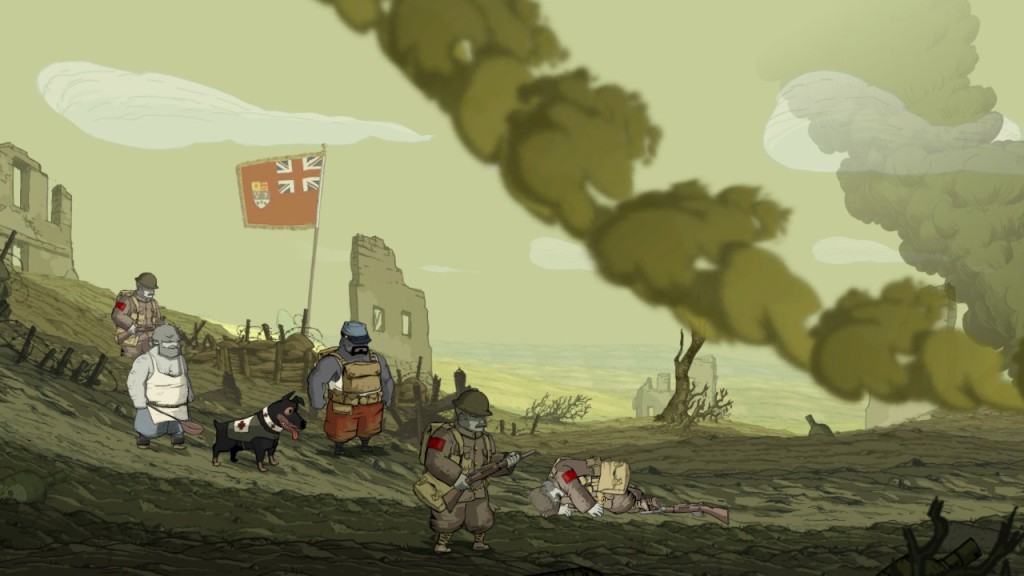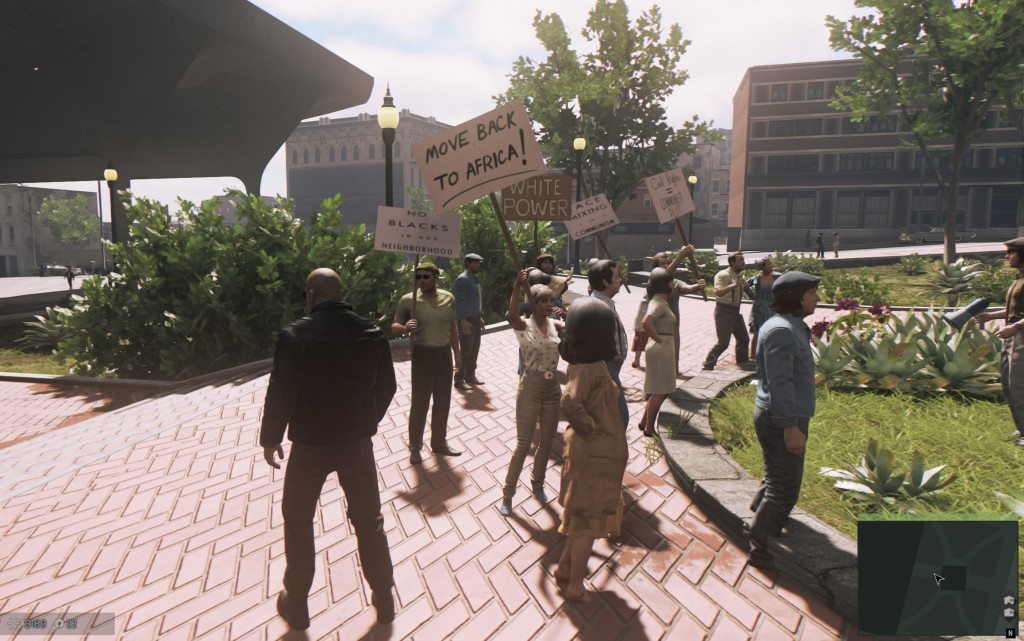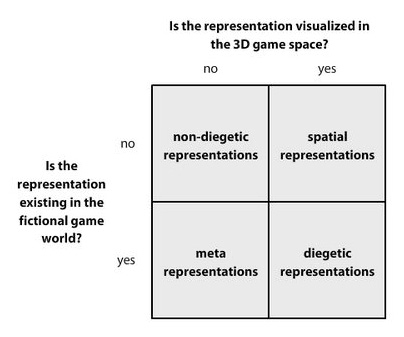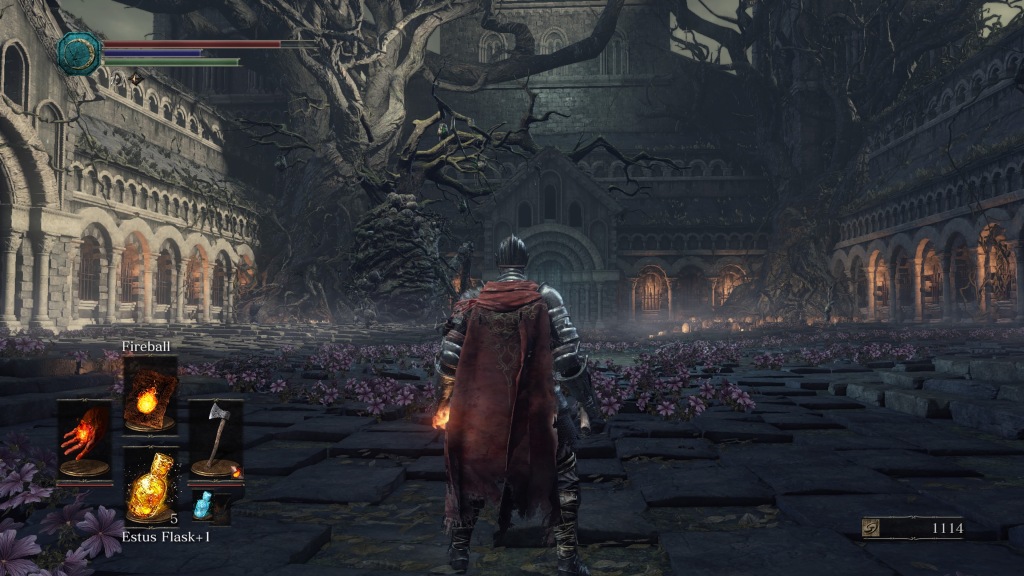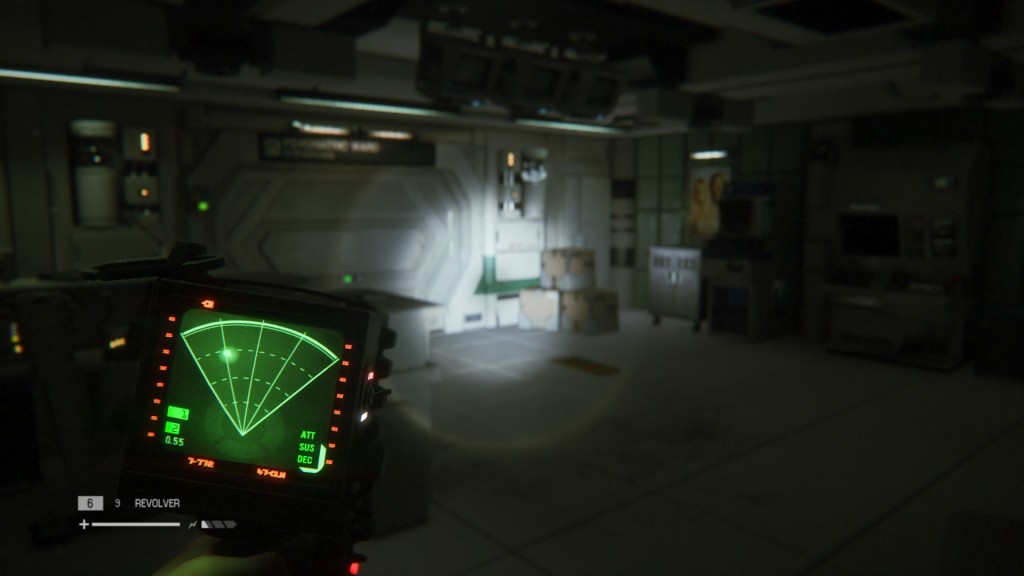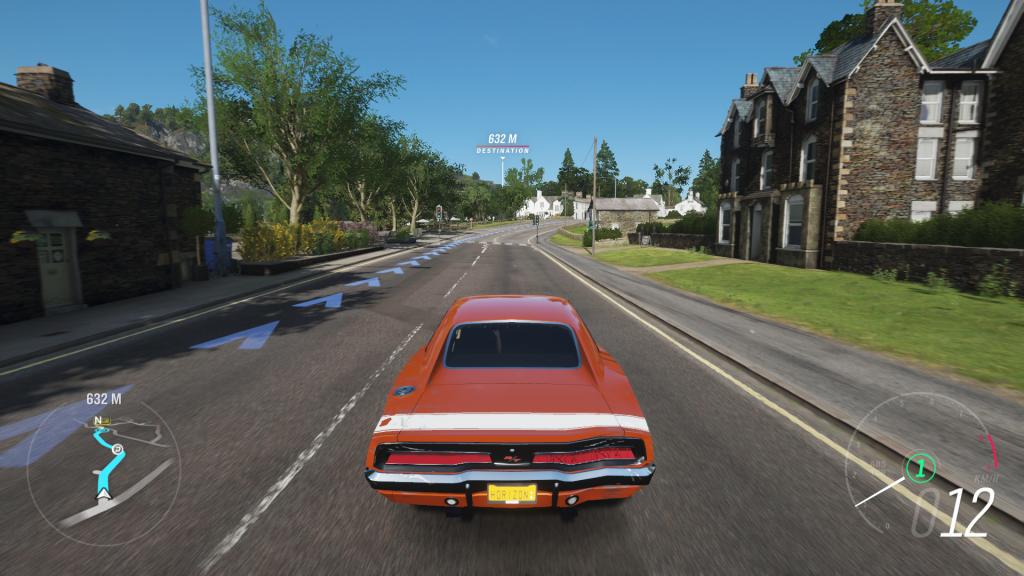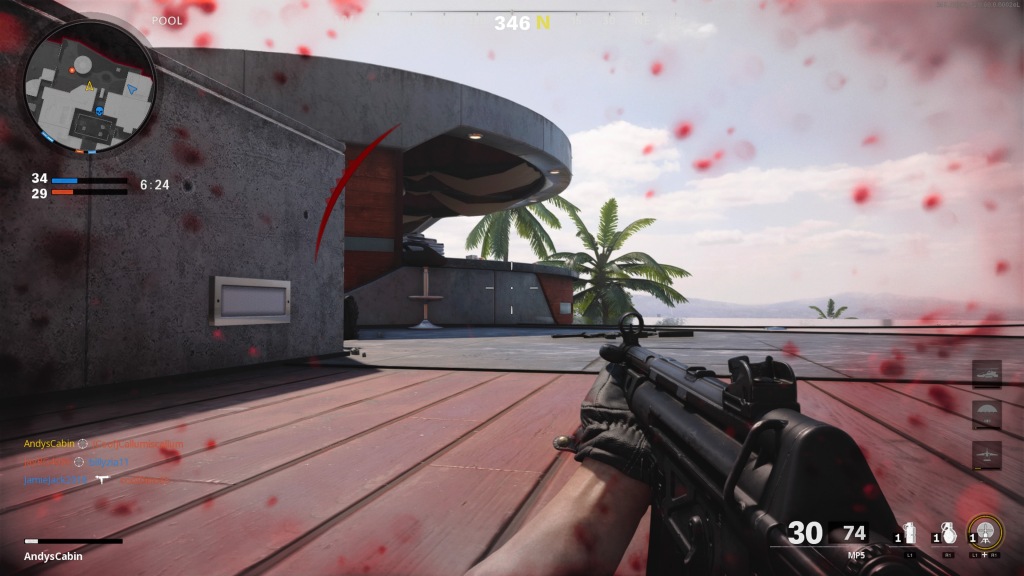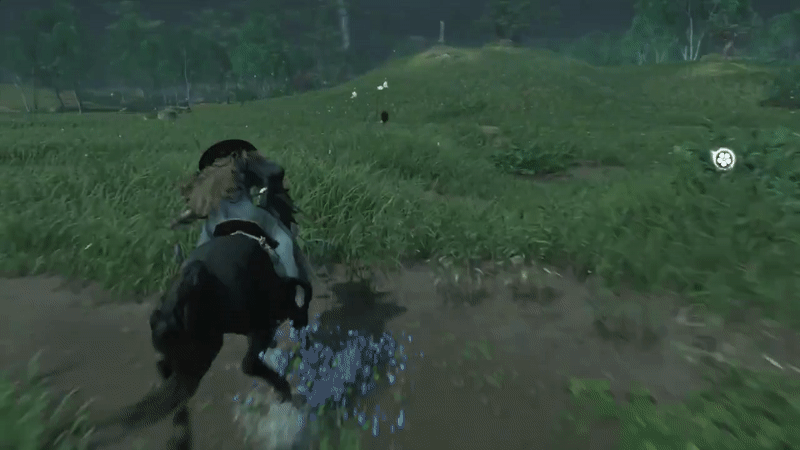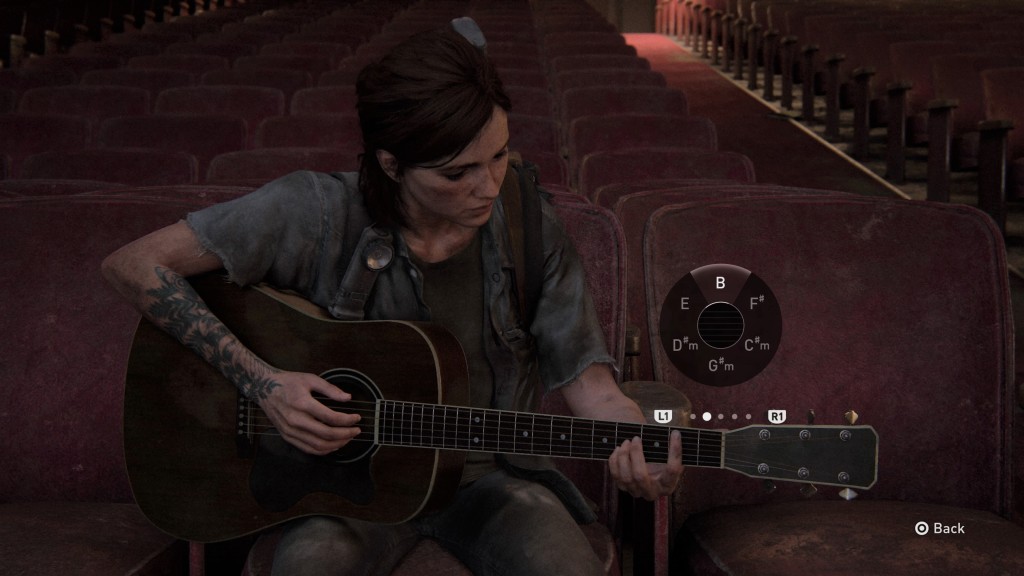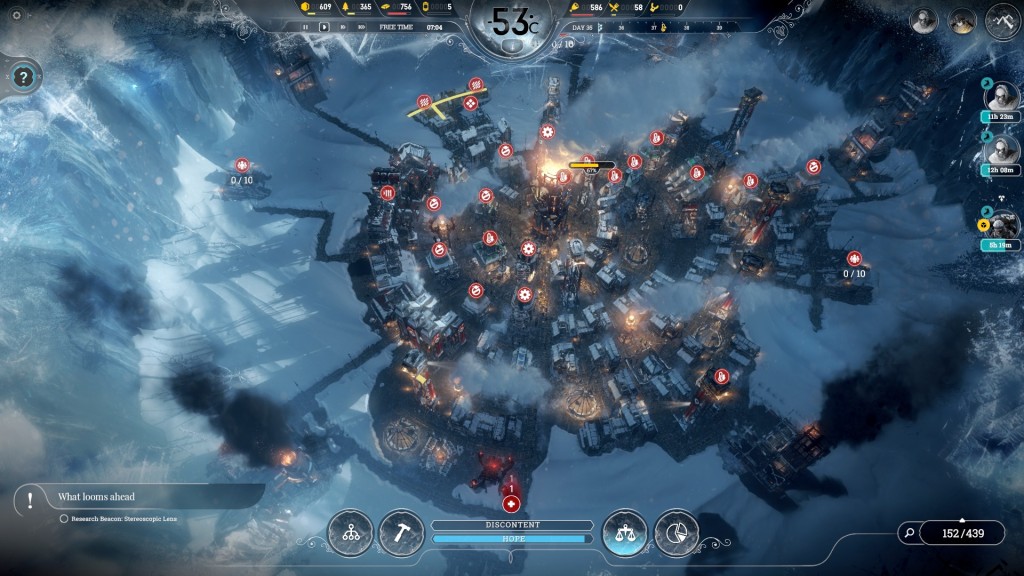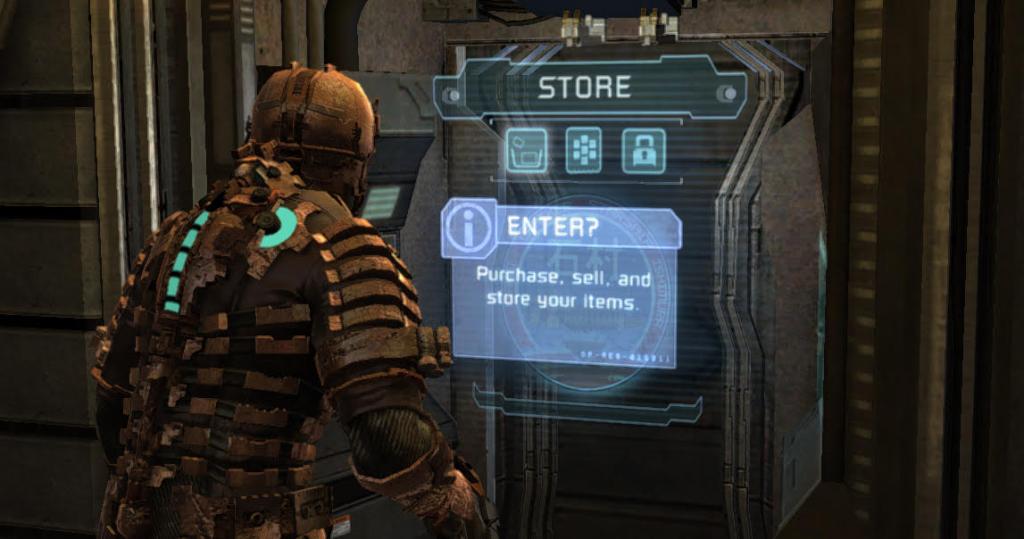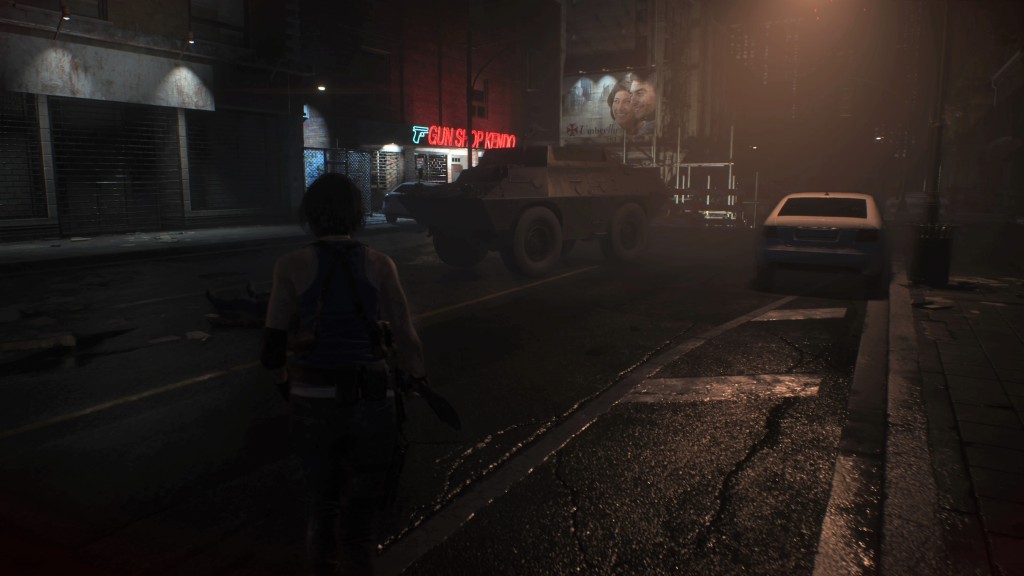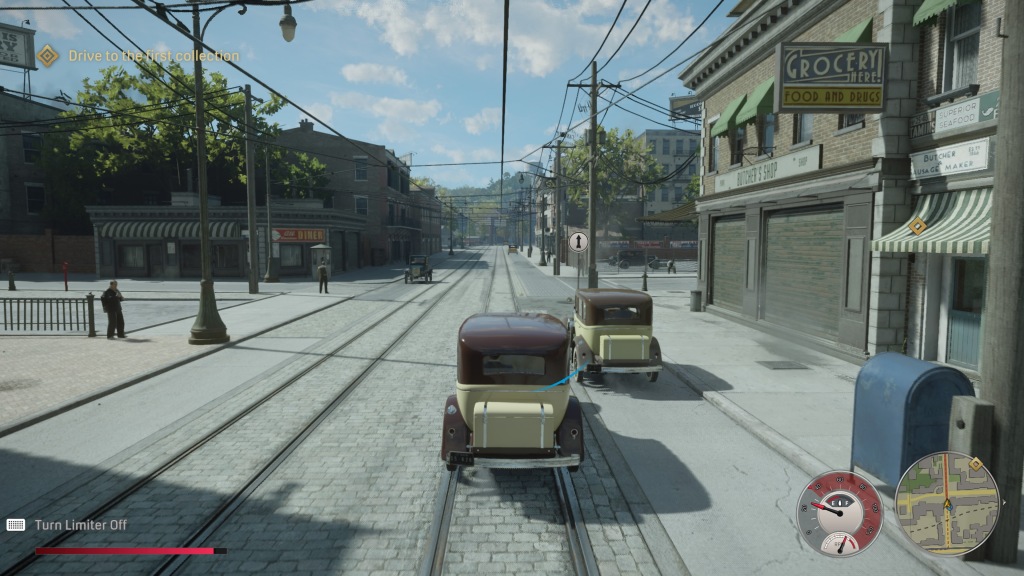God of War Ragnarök – Santa Monica Studio (2022)
I finished God of War Ragnarök towards the end of the year – what an amazing game from start to finish! Santa Monica Studio really built on the strong foundations of the 2018 reboot and dynamic between Kratos and Atreus. A lot of similarities with gameplay but there’s enough new surprises and features to make it stand apart (and is the better of the two in my opinion!). Just like the previous game, the intense combat is balanced perfectly with the emotional moments (many a tear was shed). 10/10 for performances across the board including the dogs & wolves. Well deserved win(s) at The Game Awards.
I took A LOT of screenshots. Safe to say I won’t be forgetting this game in a hurry!
Nothing beats traveling the realms while listening to the stories and banter between the characters. It was really fun to pair this game with reading Norse Mythology by Neil Gaiman.





Metal: Hellsinger – The Outsiders (2022)
The hottest (and heaviest) game this year was Metal: Hellsinger from The Outsiders and Funcom. A rhythm FPS where you slay demons to the beat of metal tracks. Switch between duel-wielding pistols, a pump shotgun, slaying sword and other cool weapons for different combos. The more in sync you are with the rhythm, the more intense the music and your total score (which increases damage afflicted). At the top level you unlock the vocals on each metal track. A real treat with some of the genre’s biggest names (Matt Heafy, Trivum; Serj Tankian, System of a Down; Alissa White-Gluz, Arch Enemy + more) featuring alongside the composers of the game’s soundtrack: Two Feathers.
To celebrate the launch there was the largest-ever performance at Gamescom 2022 of the game’s top songs (my favourite moment of the whole event!).



The Last of Us Part I – Naughty Dog (2022)
Really worth getting if you’re a Last of Us fan. The enemy AI and visuals have all been updated bringing Part I to the same quality level at TLOU2. Now you can play both games back to back on the PS5. All of my favourite survival horror elements are there and I found myself scouring every room and alley for resources and narrative clues. Bring on the HBO TV series!
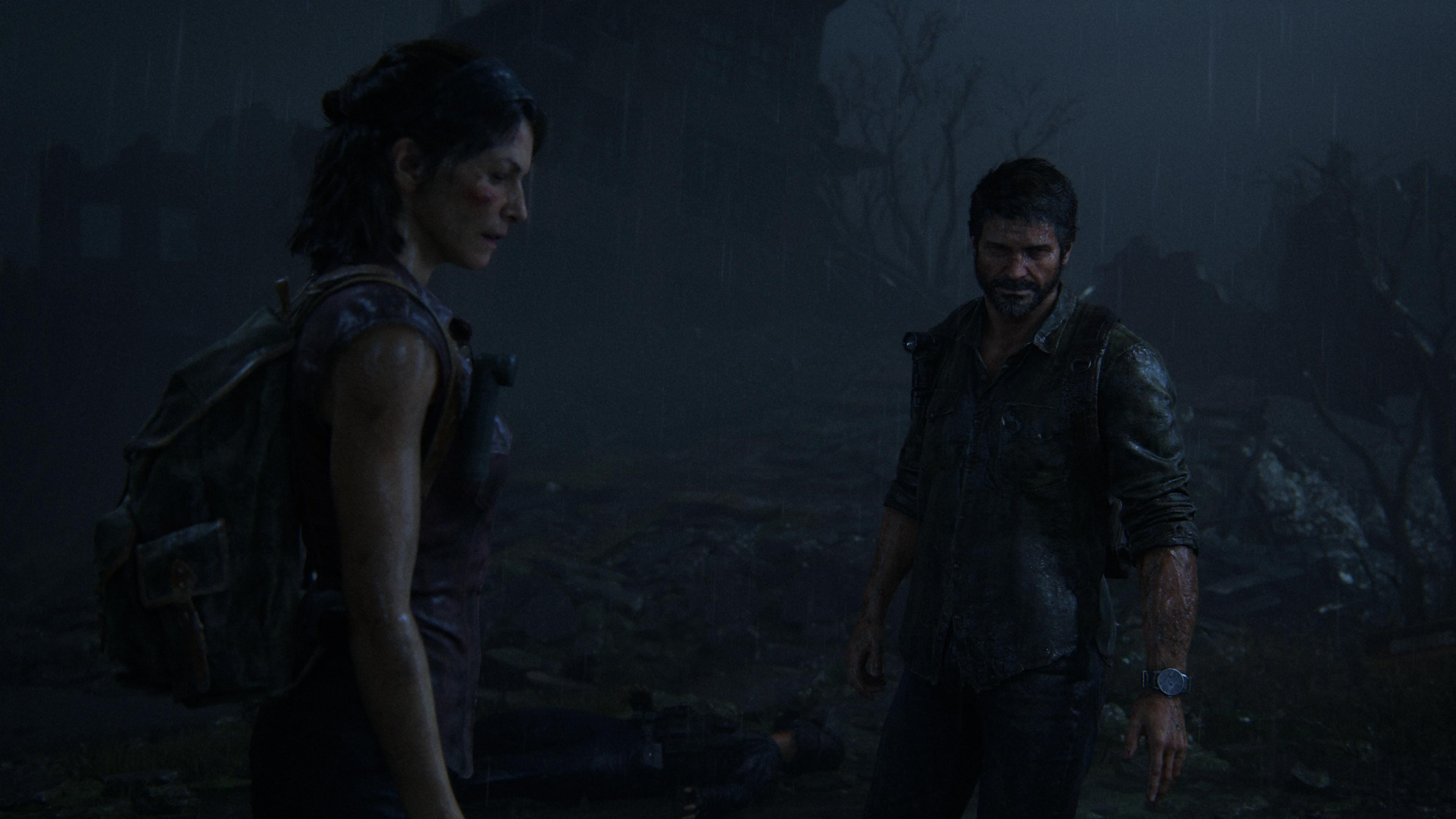



Trek to Yomi – Flying Wild Hog (2022)
A side-scrolling action game set in feudal Japan that has an indie feel to it with simple combat and limited moves. Black and white visuals go really well with this Kurosawa-influenced game and each location has amazing backdrops. I would have preferred it to not go down the “fantasy” route but still an enjoyable experience in one of my favourite historical settings.
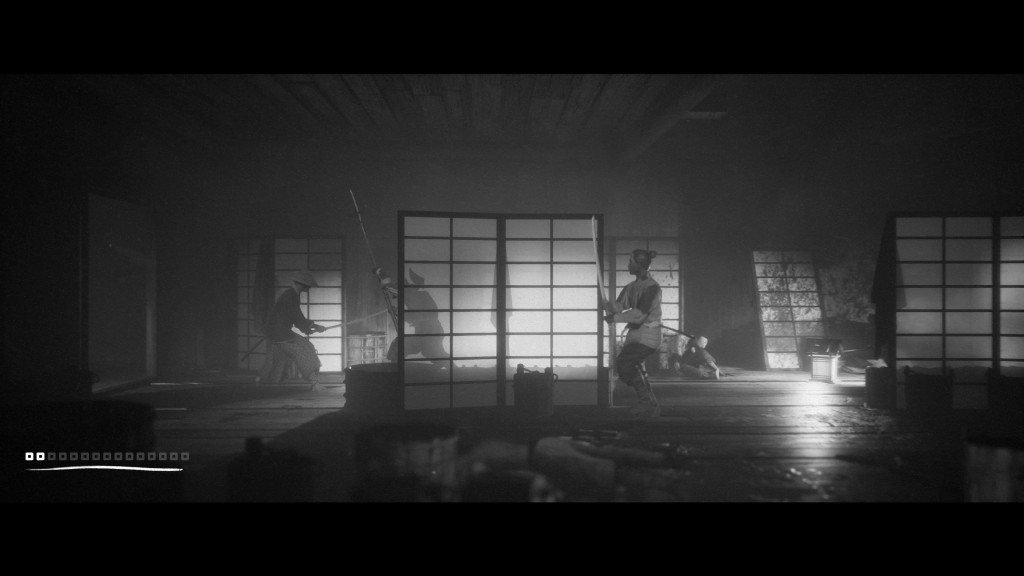
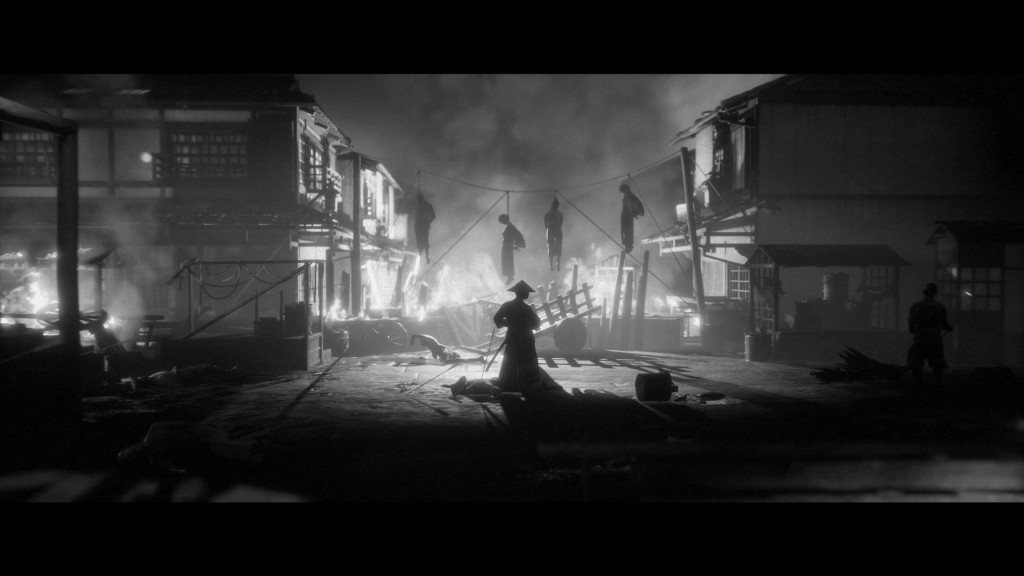

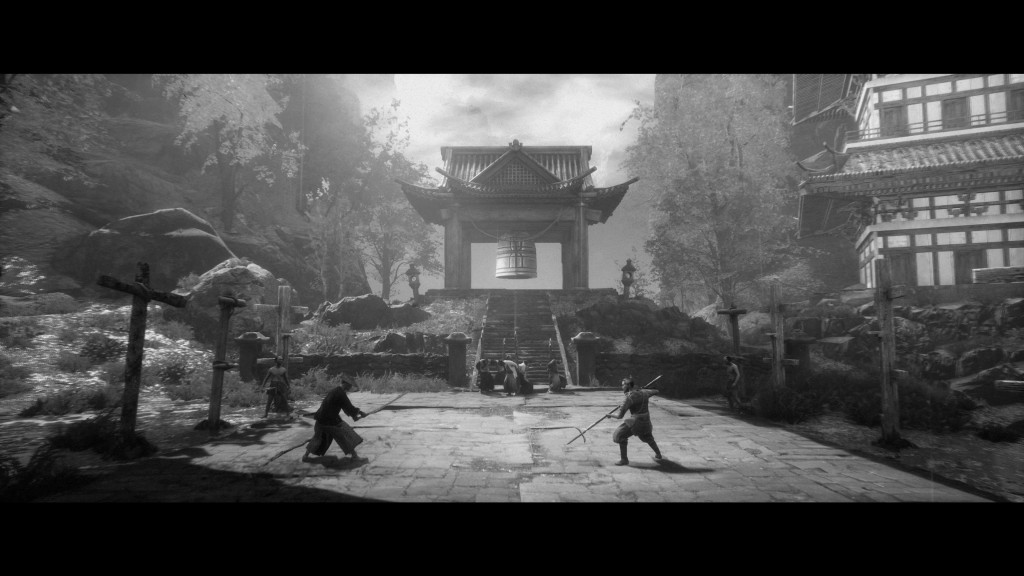
River City Girls – WayForward (2019)
Playing Elden Ring is a marathon, not a sprint, so I needed something casual to fill the downtime in between. I found that with River City Girls, a side-scrolling beat ’em up where you play as a schoolgirl going around town looking for your boyfriend who’s been “kidnapped”. A fantastic game with its fair share of tricky bosses, witty dialogue, and countless moves to unlock – you can even dab your way out of trouble. My love for retro side-scrollers continues!




Elden Ring – From Software (2022)
A game that lived up to the hype and then some! Open-world exploration + Souls combat makes for a perfect match. The map is a welcome addition and I populated mine full of markers for key locations, tough bosses and quests to revisit as I progressed.
Even after 140 hours, Elden Ring felt fresh and exciting – just the dungeons started to feel repetitive. I wished the game would force me to use different weapons/playstyles (as there’s a lot!), but I guess that’s why you can replay the game.
A real test of patience with the final bosses (I “walked away” from Elden Ring numerous times) but always found myself coming back to try a new tactic.
Hardest boss: Maliketh, The Black Blade. I just panicked in phase 2 every time
Best boss: General Radahn. Elden Ring is epic throughout, but this fight was so memorable, such a cinematic fight across a large battlefield
Best part: Fighting dragons while on horseback




Bad North – Plausible Concept (2018)
If you’ve ever wanted a minimalistic version of the real-time Total War battles then Bad North is your game. Defend your islands from Viking invaders in this rogue lite which is super addictive. It’s all about troop placement and responding to various threats on your island which has a different design every new battle. Especially fun on the Switch!



Dying Light 2 Stay Human – Techland (2022)
Dying Light 2 was one of the first games I played this year. The vertical open world provides plenty of options to get from point A to B in the city: freerunning, climbing, paragliding, taking on the zombie-infested streets, and more! (The best games are the ones where you have a fast travel option but you choose not to use it).
If, like me, you’re more interested in reaching the top of every building, clearing bandit camps, and scavenging, then your character level is going to be way too high when you take on the story missions (where’s level scaling?). But in the end, this just shows the amount of quality content the game has to offer.
Just like DL1, there’s nothing quite like the risk of going out at night to scavenge, start a chase, and take on the OP Volatiles (stay alive until dawn and you’ll get double XP for your troubles).
Highly recommend for fans of Metro, The Last of Us, Days Gone, Mirrors Edge and parkour in Assassin’s Creed.
Also kudos to the Techland design team for the Slipknot reference in the below safe code clue – love it!




What are your favourite games you played this year? Let me know below in the comments!


